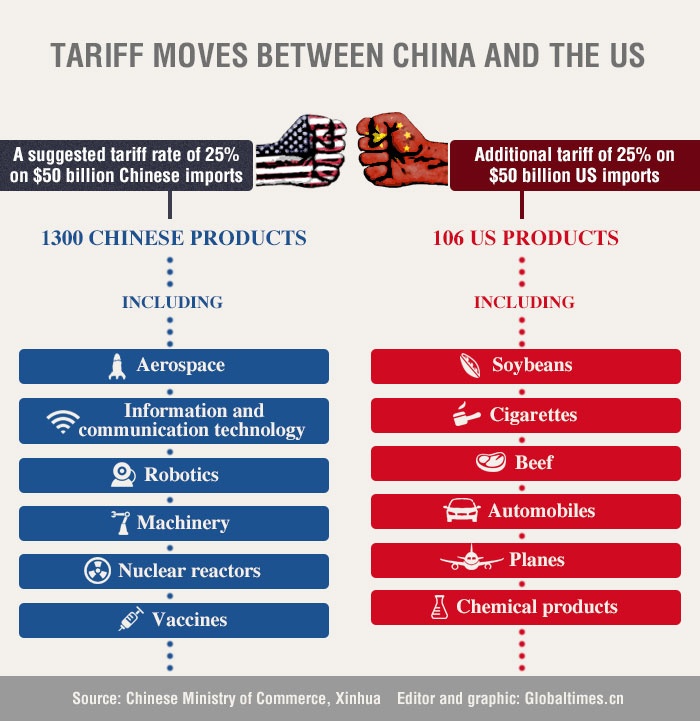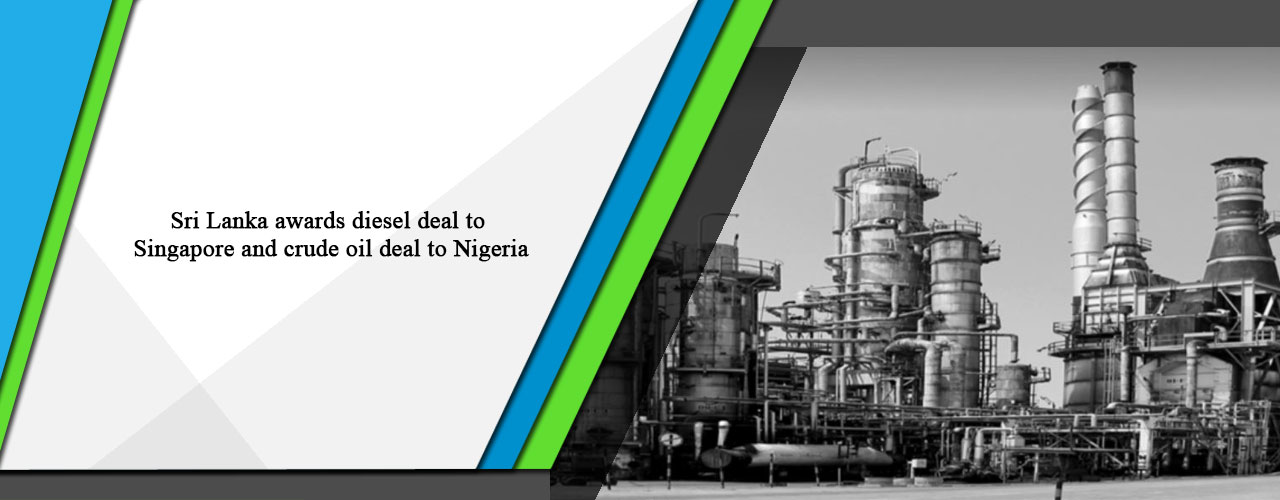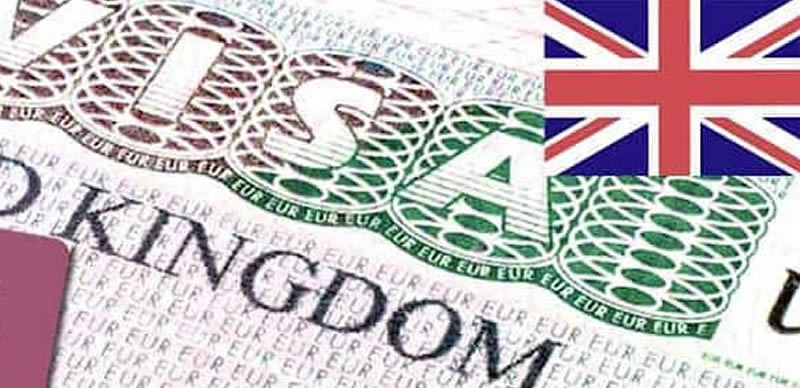The Ripple Effect: How Trade Chaos Impacts The Production And Distribution Of Chinese Goods (Including Bubble Blasters)

Table of Contents
Disrupted Supply Chains: The Impact on Production of Chinese Goods
The production of Chinese goods, a cornerstone of the global economy, is significantly vulnerable to disruptions in the international trade system. Several factors contribute to this vulnerability, affecting everything from manufacturing timelines to final product costs.
Raw Material Shortages
Increased tariffs, trade restrictions, and geopolitical instability limit access to crucial raw materials needed for manufacturing various products, including the seemingly simple bubble blaster. This scarcity translates directly into production delays and inflated manufacturing costs.
- Increased prices of plastics: The production of many toys, including bubble blasters, relies heavily on plastics. Tariffs and import restrictions on raw plastic materials have driven up prices, forcing manufacturers to either absorb higher costs or increase the final product price.
- Delays in sourcing electronic components: Many Chinese-made goods incorporate electronic components sourced globally. Trade tensions and logistical bottlenecks can lead to significant delays in receiving these crucial parts, halting production lines and causing delays in product launches.
- Scarcity of rare earth minerals: The production of certain electronics and advanced technologies heavily relies on rare earth minerals, predominantly sourced from China. Disruptions in the supply of these minerals can cripple manufacturing processes.
Factory Closures and Labor Disruptions
Geopolitical instability and trade wars can have devastating consequences, directly impacting the production capacity of Chinese factories. Factory closures, due to economic downturn or regulatory pressure, immediately reduce the output of goods. Simultaneously, labor unrest stemming from economic uncertainty or changing labor regulations can disrupt production schedules and compromise quality.
- Example: Textile factories facing closure due to trade tariffs. The imposition of tariffs on textiles has forced many Chinese textile factories to downsize or shut down, leading to job losses and reduced production capacity.
- Impact on smaller workshops: Smaller, specialized workshops often lack the resources to weather trade disruptions, leading to closures and a loss of skilled craftsmanship. This can affect the production of unique or specialized goods.
- Labor shortages and wage increases: Increased demand and labor mobility in response to trade challenges can lead to labor shortages and increased wages, adding further pressure to production costs.
Increased Production Costs
The cumulative effect of raw material shortages, factory closures, and labor disruptions leads to a substantial increase in production costs for Chinese goods. This increase inevitably affects the final price consumers pay or reduces the profit margins for businesses.
- Tariffs and import duties: Tariffs imposed by importing countries add significant costs to the production process, making Chinese goods less competitive in the global market.
- Transportation costs: Increased fuel prices and logistical complexities inflate transportation costs, adding to the overall production expense.
- Insurance and financing: The uncertainty of the global trade environment increases insurance premiums and financing costs for businesses involved in producing and distributing Chinese goods.
Navigating the Maze: Challenges in the Distribution of Chinese Goods
Even when goods are successfully produced, navigating the complexities of global distribution presents significant challenges, further impacting the timely delivery and affordability of Chinese products.
Port Congestion and Shipping Delays
Trade disruptions often lead to significant port congestion, creating bottlenecks in the global shipping network. This congestion directly affects the timely arrival of Chinese goods at their destinations, leading to delays and higher costs.
- Increased waiting times for vessels: Port congestion causes extended waiting times for ships, adding to transportation costs and delaying delivery timelines.
- Reduced shipping capacity: The backlog at congested ports limits available shipping capacity, forcing businesses to seek alternative, often more expensive, transportation options.
- Spoilage of perishable goods: Delays in shipping can lead to spoilage of perishable goods, leading to significant financial losses for businesses.
Transportation Costs and Logistics
Increased fuel prices, shipping container shortages, and the need for route diversions inflate transportation costs, creating a significant challenge for businesses. Many companies face difficult choices between absorbing these costs or passing them on to consumers, potentially impacting market competitiveness.
- Fuel price fluctuations: The volatility of global fuel prices significantly impacts transportation costs, making it challenging for businesses to accurately predict and manage their budgets.
- Shipping container shortages: Global container shortages drive up the cost of shipping, creating a considerable burden for businesses involved in the import and export of goods.
- Diversion of shipping routes: Geopolitical instability or port closures often force businesses to divert shipping routes, adding to transportation costs and time.
Customs and Regulatory Hurdles
Changing regulations and increased scrutiny at customs can further delay the delivery of Chinese goods, adding significant complexity and cost to the import-export process. Businesses need to constantly adapt to evolving regulations to ensure smooth and timely delivery of their products.
- Increased documentation requirements: Customs authorities may impose stricter documentation requirements, increasing administrative burdens and processing times.
- Inspections and delays: Goods may be subject to more frequent and rigorous inspections, leading to delays in clearance and increased costs.
- Changes in import-export regulations: Frequent changes in import-export regulations make it difficult for businesses to maintain compliance and can lead to delays and penalties.
Conclusion
The instability in the global trade environment has a significant and far-reaching impact on the production and distribution of Chinese goods, affecting everything from major industrial components to everyday items like bubble blasters. Understanding the complexities of these disrupted supply chains is crucial for businesses and consumers alike. By recognizing the challenges involved—from raw material shortages to port congestion and increased costs—we can better prepare for future disruptions and advocate for more stable and transparent international trade practices. Staying informed about the ripple effects of trade chaos on the production and distribution of Chinese goods is essential for navigating this complex landscape. Understanding the intricacies of Chinese goods production and distribution is key to successfully operating in the global marketplace.

Featured Posts
-
 9 4000 2
May 09, 2025
9 4000 2
May 09, 2025 -
 Mild Vinter Forer Til Tidlig Stenging Av Skisentre
May 09, 2025
Mild Vinter Forer Til Tidlig Stenging Av Skisentre
May 09, 2025 -
 Bayern Munich Vs Inter Milan Match Preview And Prediction
May 09, 2025
Bayern Munich Vs Inter Milan Match Preview And Prediction
May 09, 2025 -
 Dakota Johnson And Melanie Griffiths Chic Spring Style
May 09, 2025
Dakota Johnson And Melanie Griffiths Chic Spring Style
May 09, 2025 -
 Daycares Impact On Young Children A Critical Analysis By A Parenting Expert
May 09, 2025
Daycares Impact On Young Children A Critical Analysis By A Parenting Expert
May 09, 2025
Latest Posts
-
 New Uk Student Visa Regulations A Focus On Asylum Risk
May 09, 2025
New Uk Student Visa Regulations A Focus On Asylum Risk
May 09, 2025 -
 Uk Government Plans Visa Changes Implications For Pakistan Nigeria And Sri Lanka
May 09, 2025
Uk Government Plans Visa Changes Implications For Pakistan Nigeria And Sri Lanka
May 09, 2025 -
 Changes To Uk Student Visa Policy Implications For Asylum Claims
May 09, 2025
Changes To Uk Student Visa Policy Implications For Asylum Claims
May 09, 2025 -
 Uk Government Announces New Visa Regulations For Nigeria And Pakistan
May 09, 2025
Uk Government Announces New Visa Regulations For Nigeria And Pakistan
May 09, 2025 -
 Potential Uk Visa Crackdown Pakistan Nigeria And Sri Lanka Affected
May 09, 2025
Potential Uk Visa Crackdown Pakistan Nigeria And Sri Lanka Affected
May 09, 2025
